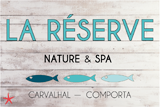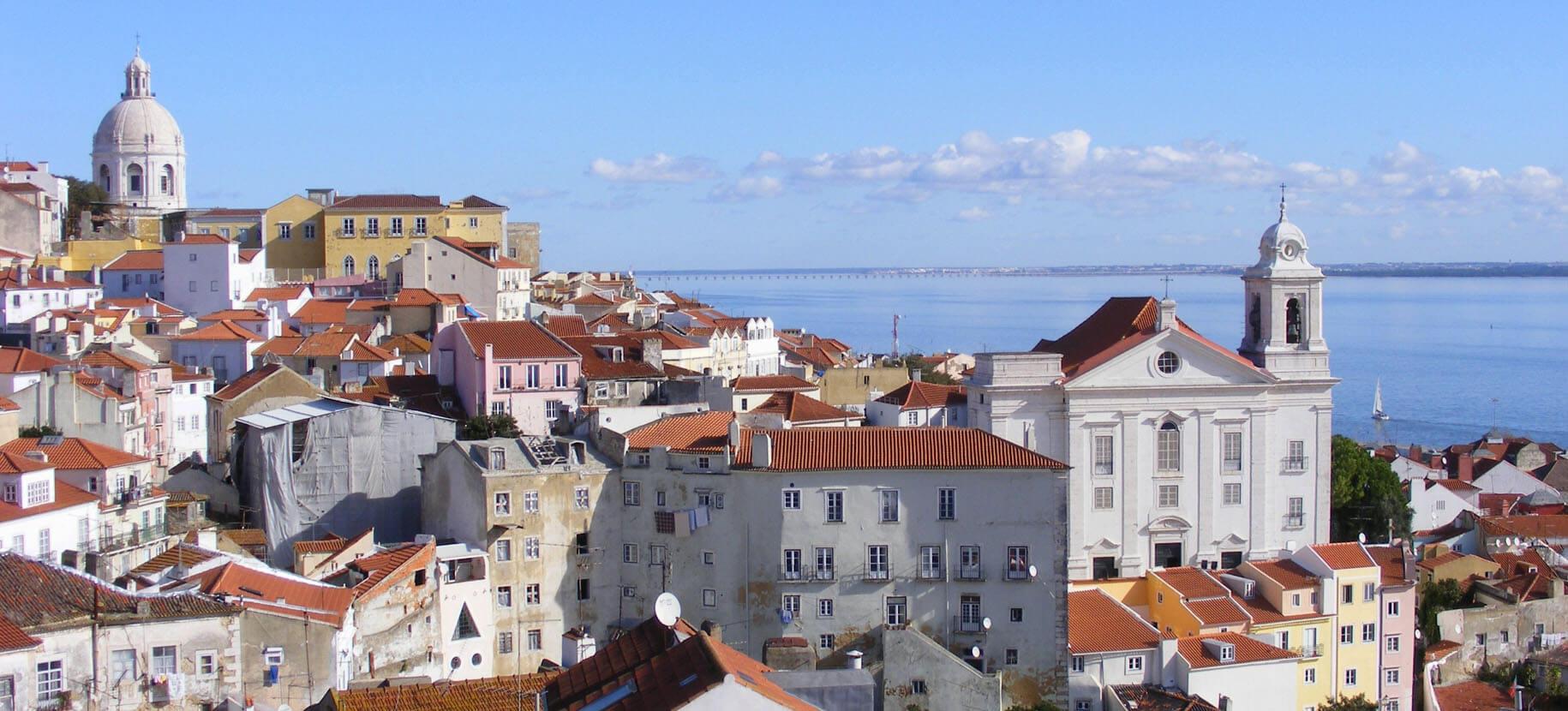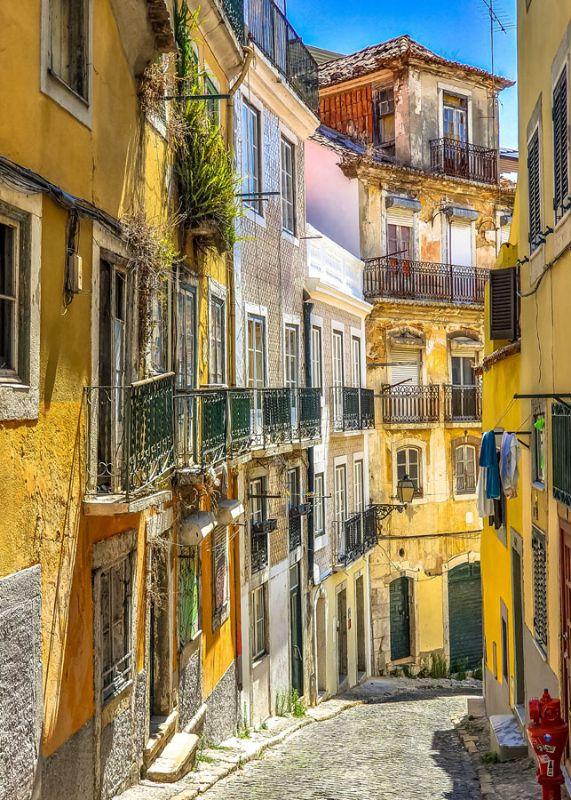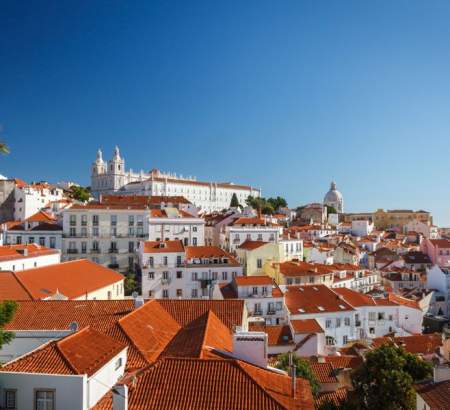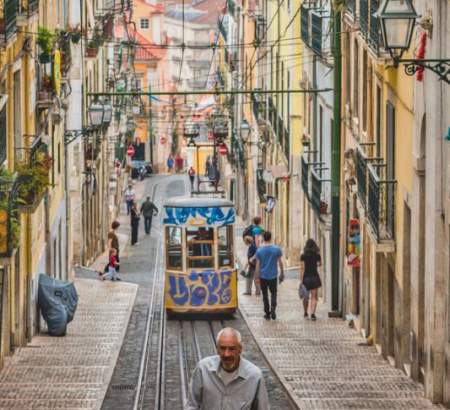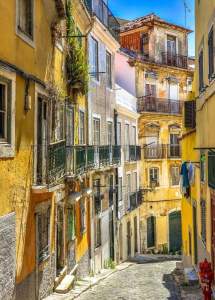Must-sees and must-dos in Lisbon
Voted the second most beautiful city in Europe, Lisbon, Europe's westernmost capital, is also Portugal's largest city, with around 500,000 inhabitants. Less than three hours' flight from Paris, Lisbon offers a change of scenery. The city of seven hills has a rich cultural heritage, where tradition and modernity coexist harmoniously. From the Parc des Nations to the famous Belém Tower, Lisbon transcends the ages with a unique allure.
Must-sees in Lisbon
With its six million annual visitors, the Lusitanian capital has a unique atmosphere and an atypical setting. Portugal's capital is a mirror image of the great cities of the Iberian Peninsula, with its astonishing atmosphere and colours, its European and Moorish influences, and here are the not-to-be-missed highlights.
The Lisboa Card: the best way to visit Lisbon! This tourist pass gives unlimited access to public transport (metro, tram, bus, lifts and trains to Sintra, Cascais, Azambuja and Setúbal), as well as to Lisbon's museums and historic monuments. Available in 24h, 48h or 72h versions (€25, €41, €51).
The Alfama district
Built into the hillside, the Alfama district is the historic quarter of Portugal's "white city". Its narrow, steep streets are home to some emblematic monuments: Lisbon Cathedral, St George's Castle, the National Pantheon and the King's Fountain. The district is also full of traditional tascas (taverns) where you can eat for a few euros.
The Baixa district
Walk along the Tagus to the lively Baixa district. Rebuilt by the Marquis of Pombal after the 1755 earthquake, it is home to the magnificent Praça do Comércio (Trade Square), the statue of Dom José I, and the Arch of Triumph that leads to Rua Augusta, one of the busiest pedestrian streets.
The Santa Justa lift
Take the Santa Justa lift for a breathtaking view of St George's Castle, Rossio, Baixa and the Tagus. At 45 metres high, it links Baixa (the lower town) to Bairro Alto, the heart of old Lisbon. To avoid the crowds, come early in the morning (before 10am) or in the evening.
The Belém district
Explore the Belém district, in the west of the city, to discover the emblematic Belém Tower, the Hieronymites Monastery and the Monument to the Discoveries. The district is also home to the Carriage Museum, the Navy Museum and the Berardo Museum. Don't leave without sampling the famous Pastel de Belém (Portuguese flan).
The Azulejo Museum
For a closer look at Lisbon's emblematic azulejos, visit the National Azulejo Museum in the Beato district. Housed in the Madre de Deus convent, the museum is dedicated to the indigo blue tiles found on many of Lisbon's facades. Beware, the museum is a bit out of the way. You can get there by bus (no. 759) from the Place da Figueira (Praça da Figueira).
The LX Factory
Under the arches of the 25 April Bridge, in the Alcântara district, the LX Factory has a seductive street-art and bohemian atmosphere. This hipster village offers designer boutiques, artists' studios and coworking spaces. Don't miss the Ler Devagar bookshop, one of the ten most beautiful bookshops in the world.
Avenida da Liberdade (Avenue of Freedom)
For shopping in Lisbon, head for Avenida da Liberdade, Lisbon's most emblematic avenue, often compared to the Champs-Élysées. It links the Praça dos Restauradores (Restaurers' Square) to the Marquis de Pombal Square. Some of the world's biggest luxury brands can be found here: Burberry, Cartier, Dolce & Gabbana, Emporio Armani, Gucci and Hugo Boss.
Lisbon tram 28
Tramway 28 (line 28E) is Lisbon's most emblematic attraction. Voted "best tram route in the world" several times, this bright yellow tram offers a picturesque route through the city, passing through the typical districts of Intendente, Graça, Alfama, Baixa, Chiado and Estrela.
When is the best time to visit Lisbon?
To make the most of Lisbon, plan your visit between May and October to take advantage of the fine weather. During this period, the climate is ideal, with sunny days, pleasant temperatures and little rainfall. In July and August, the capital is alive with festivals and cultural events.
June to August are very sunny, hot and windy, with cool evenings and little rain. Spring starts early in February with the flowering of the almond and jasmine trees. Spring and autumn can be rainy. Winter is generally mild and wet.
